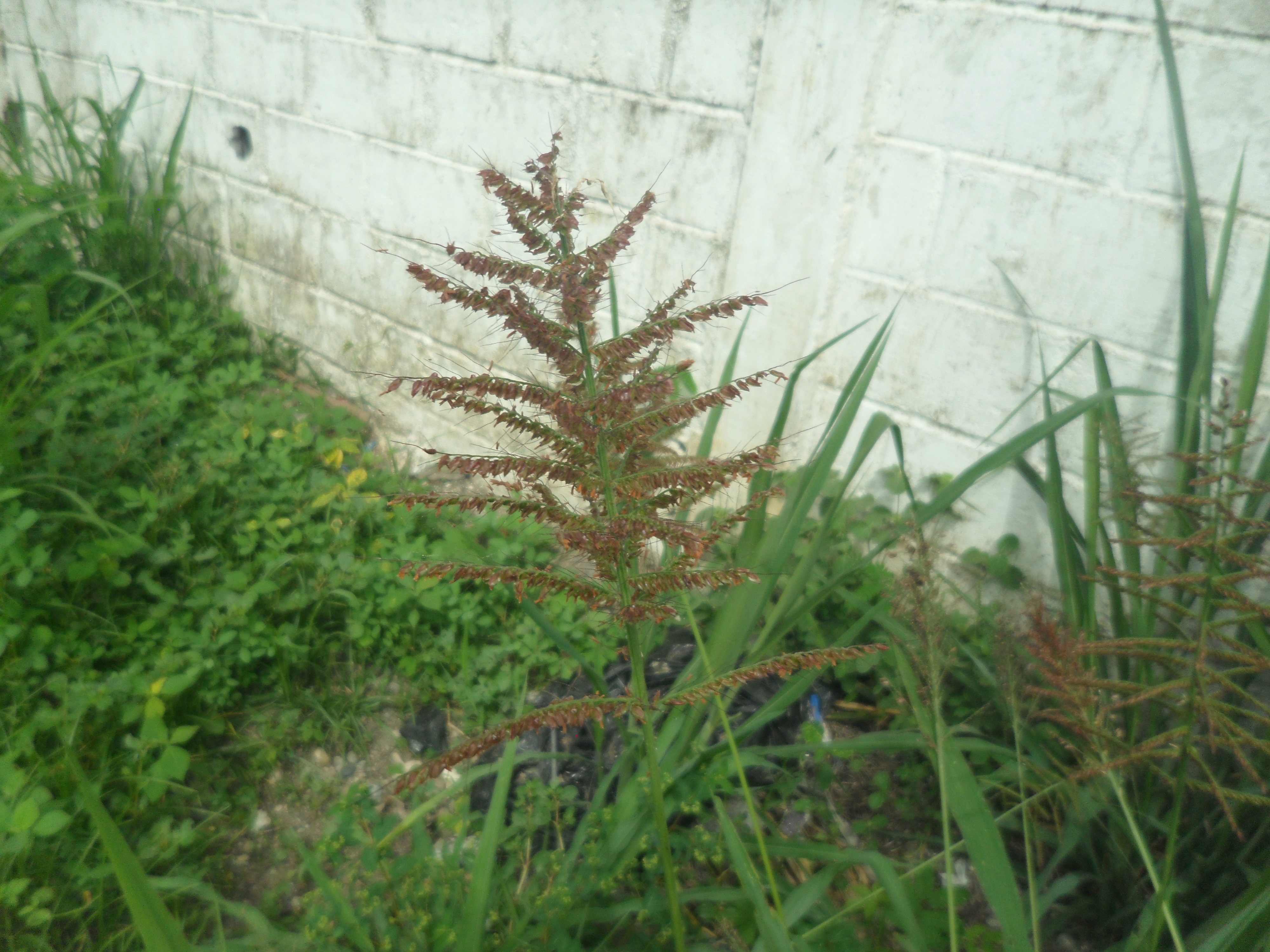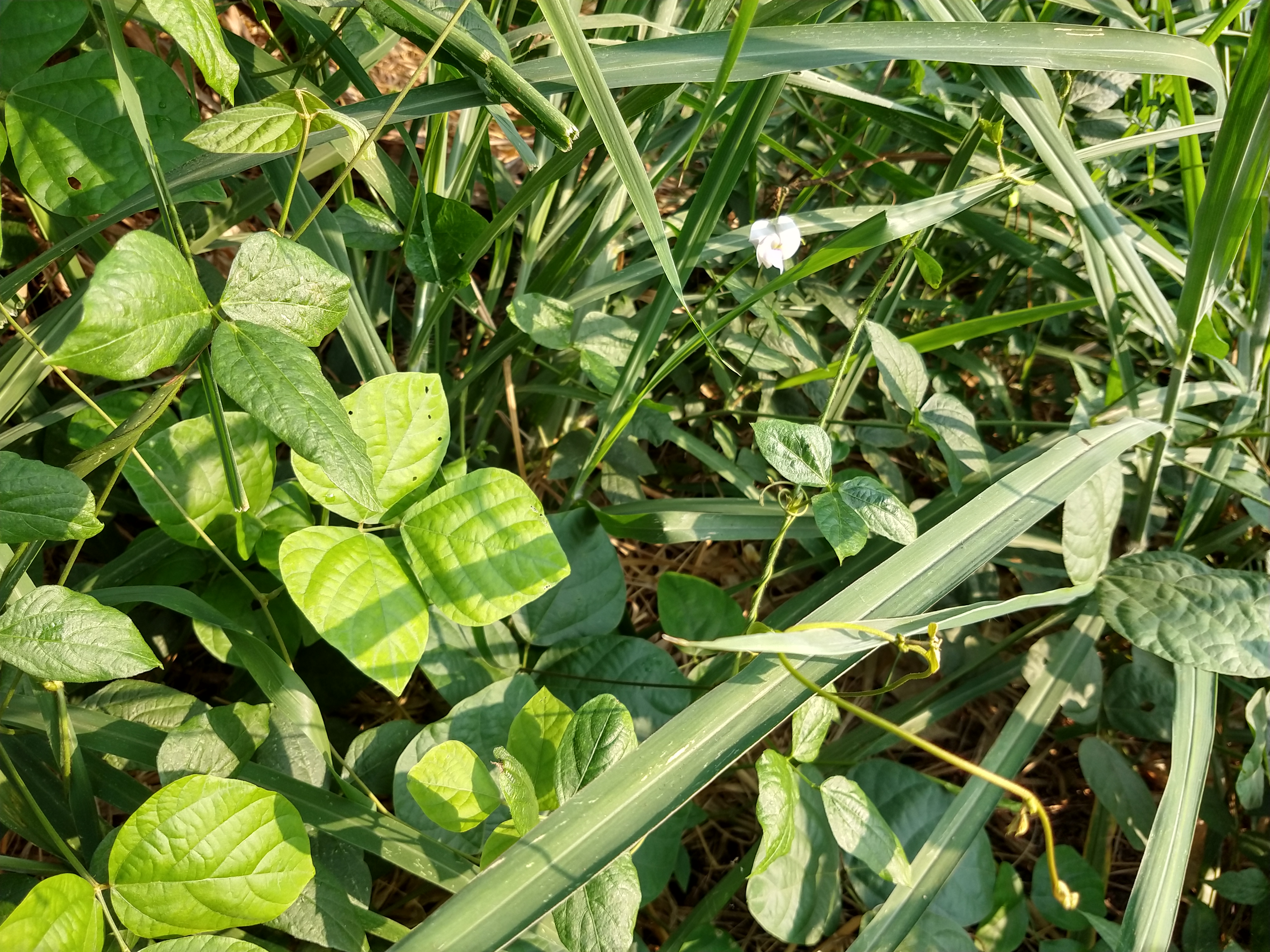Weed management is a constant challenge in agriculture. Weeds compete with crops for essential resources such as water, light and nutrients, which can result in significant yield losses. Traditionally, weed control has been based on the intensive use of herbicides, however, this approach has disadvantages such as the development of herbicide resistance, environmental impact and risks to human health. Faced with this problem, integrated weed management (IMM) emerges as a sustainable and effective strategy. The MIM combines different control methods, seeking to minimize the use of herbicides and maximize the efficiency in weed control.

Let's start by pointing out that is What is Integrated Weed Management?
Integrated weed management is a holistic approach that integrates various weed control tactics, considering economic, environmental and social aspects. It is based on the knowledge of the biology and ecology of weeds, as well as on the implementation of practices that limit their growth and spread.
As previously mentioned, integrated weed management is based on the combination of different control methods, which can be classified into:
Preventive Methods: They focus on preventing the introduction and dispersion of new weeds, they include the use of certified seeds, cleaning of machinery and equipment, and weed control on roadsides and irrigation canals.
Cultural methods: they consist of agronomic practices that favor the growth of the crop and hinder the development of weeds, some examples are crop rotation, planting at the right time, planting density, the use of cover crops and soil tillage.
Physical or Mechanical Methods: they include the use of tools and machinery for the direct control of weeds, some examples are tillage, manual weeding, the use of mechanical cultivators, among others.
Chemical methods: refers to the use of herbicides, within the integrated weed management, seeks to minimize their use, selecting specific herbicides, applying the correct doses and rotating the modes of action to avoid resistance.

Among the benefits of Integrated weed management, we can mention the reduction of the use of herbicides, since, by combining different methods, the dependence on herbicides is reduced, which reduces costs and environmental impact. also, the prevention of herbicide resistance through the rotation of control methods decreases the selection pressure on weeds, preventing the emergence of resistant biotypes. It also improves the health of the soil because through cultural practices such as crop rotation and the use of cover crops improve the structure and fertility of the soil. All this brings greater sustainability of the agricultural system because it contributes to the conservation of the environment and to the production of food in a sustainable way.
Dear readers, the implementation of integrated weed management requires an approach adapted to each specific situation, considering the type of crop, the weeds present, the environmental conditions and the available resources, it is essential to carry out a constant monitoring of the fields to identify the weeds and evaluate the effectiveness of the implemented strategies.
In conclusion, Integrated Weed Management is a fundamental strategy for sustainable agriculture, by combining different control methods, an efficient weed management is achieved, minimizing the use of herbicides and protecting the environment. The adoption of integrated weed management requires a change of mentality, moving from an approach based exclusively on chemical control to a more comprehensive and preventive approach.
Thank you for reading our articles, until a next installment.
- Berlijn, J. and Orozco, F. (2009). Basic crops. Trillas, Mexico.
Sources
- Photography and images:
- Agrotecnia banner:
- Hive Banner: All photographs and images are the property of the author @amestyjmade by the author @amestyj with own imagesDesigned by the author @amestyj with image owned by hive.







